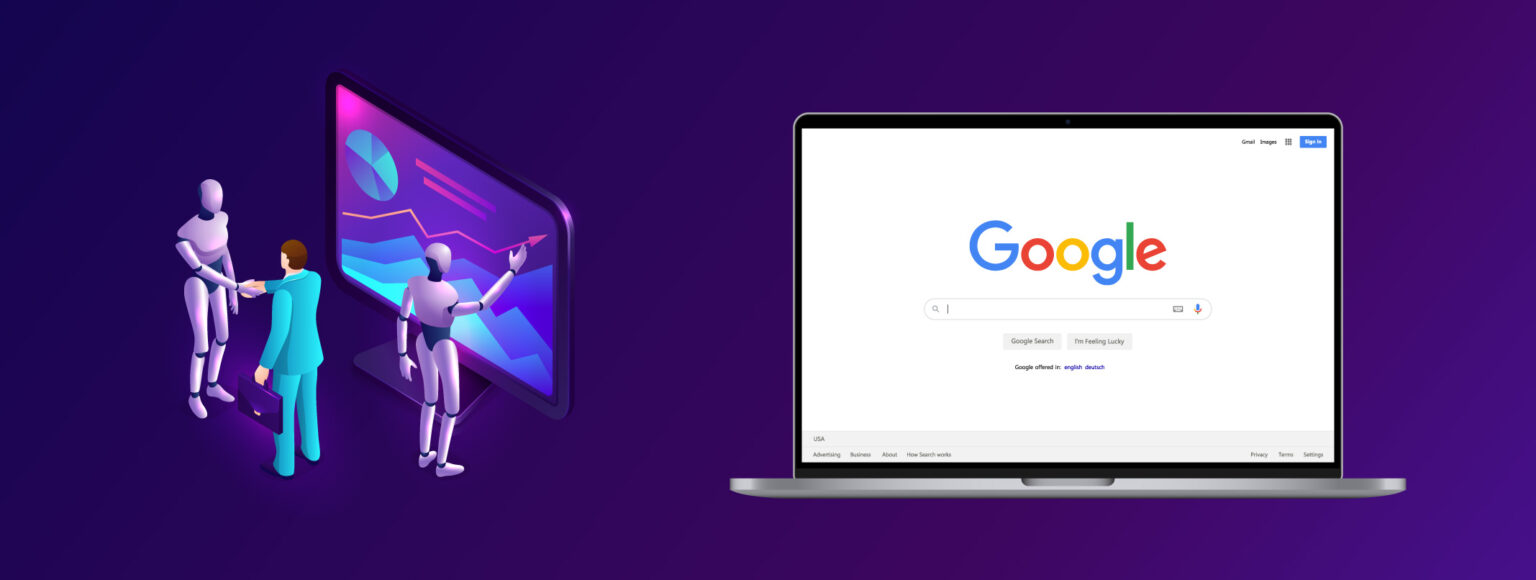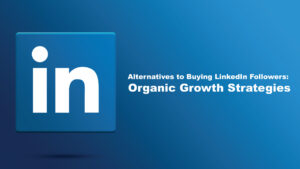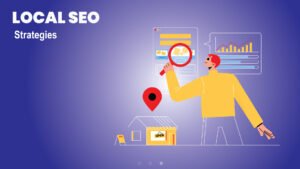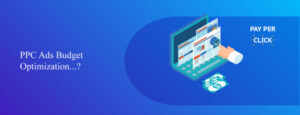Google Ads vs. Other Advertising Platforms, Which one can you choose for your business? As a business owner, you know that Google Ads advertising is crucial for reaching new customers and growing your company. However, with so many options available, determining the right platform for your needs can be challenging. Do you choose Google Ads, social media advertising, or another alternative? Each platform has unique benefits and drawbacks, so you must evaluate them based on your business goals, target audience, and budget. This article provides an overview of Google Ads and other major advertising platforms to help you decide where to invest your marketing dollars. By understanding the key differences between these options, you can select the solution that will yield the highest return on your advertising spend. Your choice today will shape how you acquire and engage customers for years to come, so choose wisely.
Google Ads: Targeted, Cost-Effective Advertising
Google Ads, Google’s advertising platform, offers targeted, cost-effective advertising for businesses. With Google Ads, you can:
- Reach potential customers when they’re searching for products or services like yours. Google Ads lets you target ads to people searching for specific keywords and phrases.
- Set a budget and only pay when people click your ad. You choose how much you want to spend each day, and you’re only charged when someone clicks your ad.
- Measure the impact of your ads. Google Ads provides detailed reports that show how many people viewed and clicked your ads, so you can see what’s working and make changes to improve your results.
- Optimize your ads to increase clicks and conversions. Google Ads makes it easy to A/B test different ads, keywords, and landing pages to find the combination that yields the best results.
- Reach customers across Google Search, Maps, YouTube, and more. Your ads can appear on any of Google’s properties, allowing you to reach people no matter where they’re searching.
With powerful targeting options, flexible budgets, and robust reporting, Google Ads is an effective advertising solution for businesses of all sizes looking to reach new customers and drive more traffic. The platform does require time to learn, but Google offers resources to help you become proficient and maximize your advertising impact. Overall, Google Ads is a compelling option for targeted, measurable digital advertising.
Facebook Ads: Reach Your Target Audience on Social Media
Facebook Ads allow you to reach your target audience on the world’s largest social media platform. With Facebook Ads, you can:
- Precisely target your ads to specific audiences based on location, demographics, interests, behaviors, and more. Facebook has access to a wealth of data about its 2.4 billion monthly active users that you can leverage for targeting.
- Choose from multiple ad formats including photo ads, video ads, carousel ads, collection ads, and more. Select the format that will most effectively engage your audience.
- Set a budget that meets your needs and pay only when people click your ads or take a specific action like filling out a lead form. You have complete control over how much you spend.
- Track the performance of your ads in real-time and make changes to improve results. See data on impressions, clicks, conversions, and ROI to optimize your campaigns.
- Use Facebook Pixel to build customized audiences and track the effectiveness of your ads. The Pixel allows you to see how people interact with your website after viewing or clicking your Facebook ad.
With the ability to precisely target audiences, choose engaging ad formats, control budgets, optimize performance, and track results, Facebook Ads is a powerful advertising platform for businesses of all sizes looking to reach new customers and drive real business outcomes. By leveraging the social connections and data within the Facebook platform, you can build highly targeted campaigns that yield a strong return on your investment.
Native Advertising: Blending in With the Content Experience in Google Ads vs. Other Advertising
Native advertising allows your ads to blend seamlessly into the user experience. Rather than disruptive banner ads, native ads match the form and function of the platform they appear on. On a news site, for example, a native ad may look like an article. On social media, a native ad could be a sponsored story in a user’s feed.
Native advertising provides several benefits:
- Higher engagement: Native ads match the form and function of the surrounding content, so users are more likely to click and engage with them. Studies show native ads generate up to 60% higher click-through rates than banner ads.
- Improved targeting: Native ads can leverage the targeting capabilities of the platform they appear on. For example, native ads on social media can target users based on location, interests, behaviors, and more.
- Brand lift: Native ads are less intrusive and more subtle, so they are less likely to annoy users or reflect poorly on your brand. In fact, some research shows native ads can have a positive impact on brand metrics like awareness, perception, and intent to purchase.
- Platform expertise: Major platforms that offer native advertising, like Google, Facebook, and Twitter, have a deep understanding of their audiences and what types of ads will resonate most. They can help ensure your native ads are as effective as possible.
While native advertising typically comes at a higher cost, the potential benefits to your business in terms of engagement, brand lift, and ROI can make it a smart investment, especially when compared to more traditional digital ads. If you want your ads to become a seamless part of the user experience truly, native advertising is the way to go.
Compare and contrast Google Ads vs. Other Advertising
Google Ads
Google Ads, formerly AdWords, is Google’s advertising platform. It allows businesses to place ads on Google Search, Maps, YouTube, and more. With Google Ads, you can target potential customers based on their location, interests, and browsing history.
- Pros: Highly targeted, easy to set up and optimize, integrates with Google Analytics
- Cons: Can be expensive, especially for competitive keywords
Social Media Ads
Platforms like Facebook, Instagram, and Twitter offer advertising options to reach users on social networks. You can target audiences based on location, demographics, interests, and behaviors.
- Pros: Very targeted, social context can increase engagement, affordable
- Cons: Less search intent, more competition for attention, complex to optimize
Native Ads
Native ads blend into the design of the platform they’re on. They appear in the main content feed, matching the form and function of the content around them. Platforms like Taboola, Outbrain, and Revcontent offer native ad networks that span many websites and apps.
- Pros: Highly engaging, contextual targeting, broad reach
- Cons: Limited targeting options, lower search intent, can seem deceptive if not properly labeled
Search Engine Marketing
Search engine marketing (SEM) refers to the practice of optimizing your website to rank higher in search engines like Google, Bing, and Yahoo organically and through paid advertising. In addition to Google Ads, Bing Ads and Yahoo Gemini offer similar paid search advertising options.
- Pros: Very targeted, high search intent, organic ranking potential
- Cons: Expensive, ongoing optimization required, crowded competition
In summary, the platform you choose depends on your business goals, target audience, and budget. For many, a combination of multiple platforms is the most effective approach. But for search-driven businesses, Google Ads and SEM are typically good places to start.
LETS CHAT LIVE WITH AN AD EXPERT
Highlight the unique advantages and features of Google Ads that make it a powerful choice for businesses
Targeted Reach
Google Ads allows you to reach your target audience with precision. You can target potential customers by location, interests, age, and more. This means your ads are shown to those most likely to be interested in your products or services.
Measurable Results
With Google Ads, you can see your ads\’ performance and make data-driven decisions to optimize your campaigns. You have access to metrics like impressions, clicks, cost-per-click, and conversion rates. You can then adjust bids, keywords, and ad copy to improve results over time.
Cost-Effective
Google Ads operates on a pay-per-click model, meaning you only pay when someone clicks your ad. You set a maximum cost-per-click bid, and Google will show your ad until your daily budget is reached. This makes Google Ads very cost-effective, especially compared to other advertising methods where you must pay upfront.
Ad Customization
Google Ads provides a variety of ad formats to choose from, like text ads, display ads, video ads, and more. You can customize your ads with images, video, logos, and eye-catching designs to capture attention. Ads can then be tailored to match your brand and appeal to your target audience.
In summary, Google Ads is a powerful business advertising platform due to its targeted reach, measurable results, cost-effectiveness, and ad customization options. For these reasons, Google Ads should be strongly considered when determining the right advertising fit for your company.
Provide insights on how to determine which platform aligns best with your business goals and target audience
Align with Business Goals
First, evaluate how each platform aligns with your key business goals to determine the best fit. Google Ads is ideal if driving more traffic and conversions is a top priority. The platform makes it easy to optimize campaigns to maximize clicks and sales. However, other platforms may be better suited if brand awareness and reach are bigger goals. Consider your marketing objectives and how each channel can help achieve them.
Target the Right Audience
Next, consider which platform allows you to reach your target audience effectively. Google Ads gives you access to people actively searching for your products or services. But explore other options if you want to reach audiences beyond those searching. For example, social media platforms are great for targeting specific demographics and interests. Think about who you want to connect with and the best way to get in front of them.
Measure Performance
Finally, determine which platform will give you the insights you need to optimize your campaigns. Google Ads provides robust reporting and analytics to track impressions, clicks, conversions and more. However, other platforms may offer additional metrics valuable for your needs. Consider what key performance indicators matter most, and choose a platform that will measure them accurately.
In summary, the advertising platform that is the best fit for your business ultimately comes down to your marketing goals, target audience, and performance metrics. Evaluating how each channel aligns with these critical factors will help determine your right choice. While Google Ads is a powerful option, don’t rule out other platforms that could also drive great results. The key is choosing what will work best to meet your unique needs. Google Ads vs. Other Advertising
Effective Keyword Research for Google Ads: Uncovering Hidden Opportunities
To run an effective Google Ads campaign, thorough keyword research is essential. You can reach your target audience and drive qualified traffic to your site by uncovering relevant keywords and phrases.
Identify Your Goals
First, determine your campaign goals. Are you aiming to increase brand awareness, drive conversions, or generate leads? The keywords you choose should align with these goals. For example, if increasing conversions is the goal, focus on keywords that indicate buying intent.
Analyze Your Competitors
See what keywords your competitors are bidding on by analyzing their ads and search results. Look for gaps you can fill or ways you can optimize your keyword list. You may find valuable long-tail keywords or keyword combinations they are missing. Google Ads vs. Other Advertising
Use Free Keyword Tools
Google’s Keyword Planner, Google Trends, and other free tools can help uncover keyword opportunities. Enter your seed keywords and the tools will provide additional suggestions, search volumes, and cost estimates. Look for keywords with high search volume and low competition for the best results.
Include Long-Tail Keywords
Don’t just focus on short, generic keywords. Long-tail keywords, like “Google Ads management services NYC” tend to have lower competition and higher conversion rates. Include location-based, question-based, and intent-based long-tail keywords in your list.
Continuously Optimize
Once your campaign is live, check your keyword performance regularly. Add new keywords that are driving traffic, and remove or bid down on underperforming keywords. Make small changes over time to improve your keyword list and ad performance.
Following these steps will help you uncover valuable, low-competition keywords to reach your target audience. By optimizing your keyword list over time-based on performance, you can increase traffic, improve conversion rates, and drive the results you want from your Google Ads campaign. Google Ads vs. Other Advertising
LET\”S START YOUR JOURNEY WITH US
Conclusion of the comparison- Google Ads vs. Other Advertising
Ultimately, you must determine which advertising platform best fits your business based on your budget, marketing goals, and target audience. While Google Ads offers a robust set of tools for search engine marketing and display advertising at competitive rates, other platforms may be better suited if you need more customization or have a very niche audience. Do your research, set clear key performance indicators to measure success, start with a pilot campaign to test the waters, and be willing to make changes as needed to optimize your ad spend. The digital advertising landscape is vast, but with time and experience, you can navigate it successfully. With the right platform and strategy, you’ll be connecting with new customers and growing your business in no time.



































